Elegant Regence mirror in carved and gilded wood, lined with bevelled glass and glazing; quadrilateral in shape, rectangular in the main part, it is enhanced by a pyramidal pediment. A feminine face, full of life and smiling, wearing a Fontange coiffé, is decorated in the middle with a polylobé coat of arms made of ribbons and acanthus leaves. On either side, a capital carved with deep egg stripes completes the decoration, overhanging powerful shoulders. The shoulders are scrolls of acanthus leaves, garlands, and scrolls topped with shells and centered with openwork pigtail scrolls. Which emerge from foliage to blossom into flower buds. The main part is crossed in periphery of a fine baguette in the Berain slightly convex crossed by a dense decoration of alternate fleurons of feathers. Each of the four corners is flanked by a spandrel from which emerges at an angle towards the center, a shell on
a hatched bed, punctuated with fleurons and feathers. A second frame of two thinner, darker Bérain-style rods with beveled faces, form four reserves called parcloses. These are lined with glazing beads with equally beveled ends. This set of reserves encloses the main glazing beveled as well. This one with the image of the stick and the ice cubes, comes from a glass plate. A flat glass plate lined with tin and lead immersed in a bath of mercury to dissolve them. The tin combined with the lead then gives this warm and luminous side to the mirror known as "the mercury". The whole decoration is unified by a fine and elegant reparure which contributes to the achievement of the work of burnished and amatis gold leaf of the master gilder while sublimating the power of that of the master sculptor. On the back, a rough wooden sole called flooring, is embedded in the inner rebate of the peripheral rod to protect the ice from humidity. We find in this decor the beautiful classical ornaments of the decorative arts of the beginning of the Regency still in phase with the so-called Louis-quatorzian canons, arranged in a balance dear to the beginning of the 18th century. A period that is still distinguished by the search for the grandiose to the point of emphasis, by the perfect symmetry of the motifs in the execution of the gilded woods. Dimensions: Height 205cm - width 113cm (110cm at the base).
l. 44.49 inch X H. 80.71 inch
Delevery information :
General conditions of sale and delivery: The price indicated on the ad includes the delivery throughout the metropolitan France. For Germany, Belgium, Italy or Spain contact us for a quote. For the United States, Europe outside the EU or the rest of the world contact us for a quote but the import taxes applicable in each country remain at your expense. The packing and the follow-up of the transport are insured by ourselves or by professional carriers specialized in works of art.



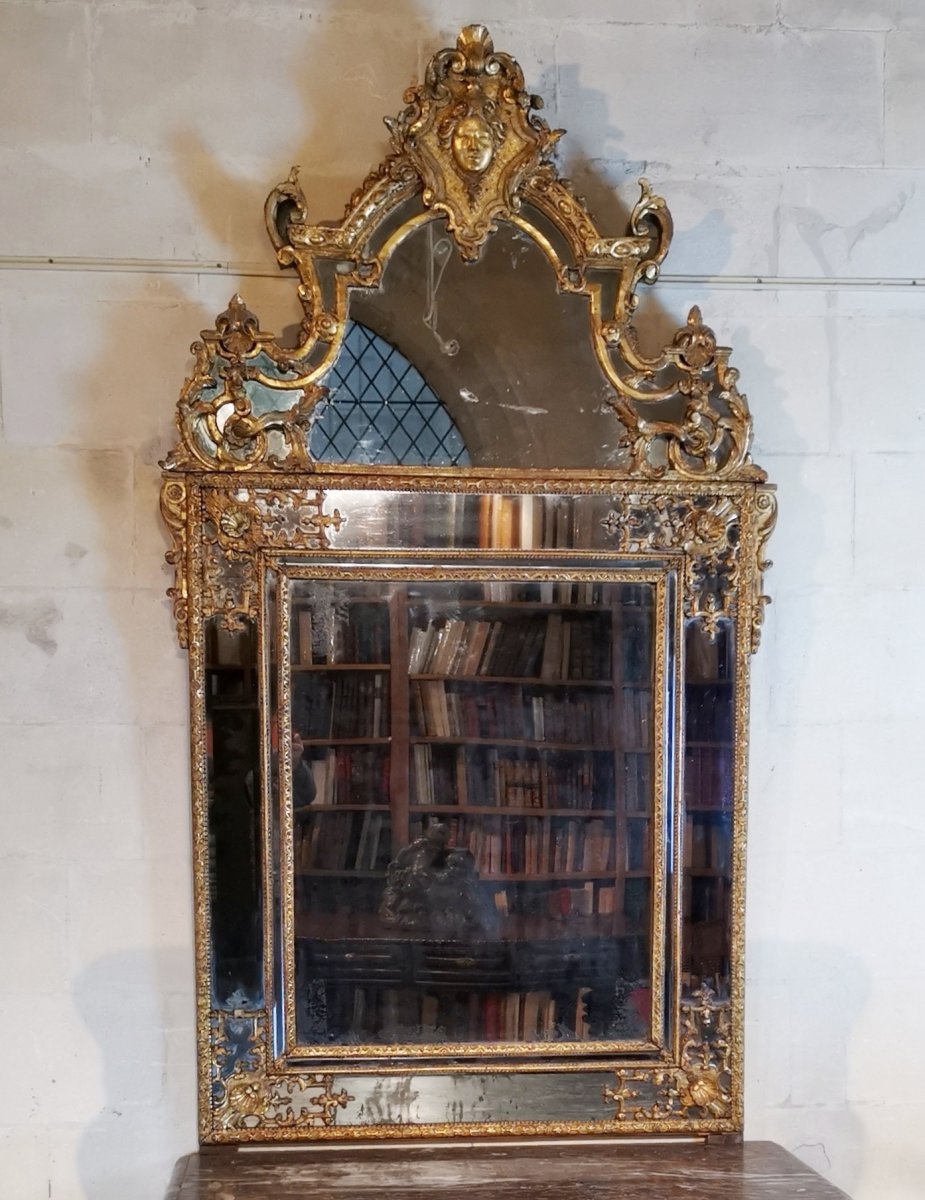



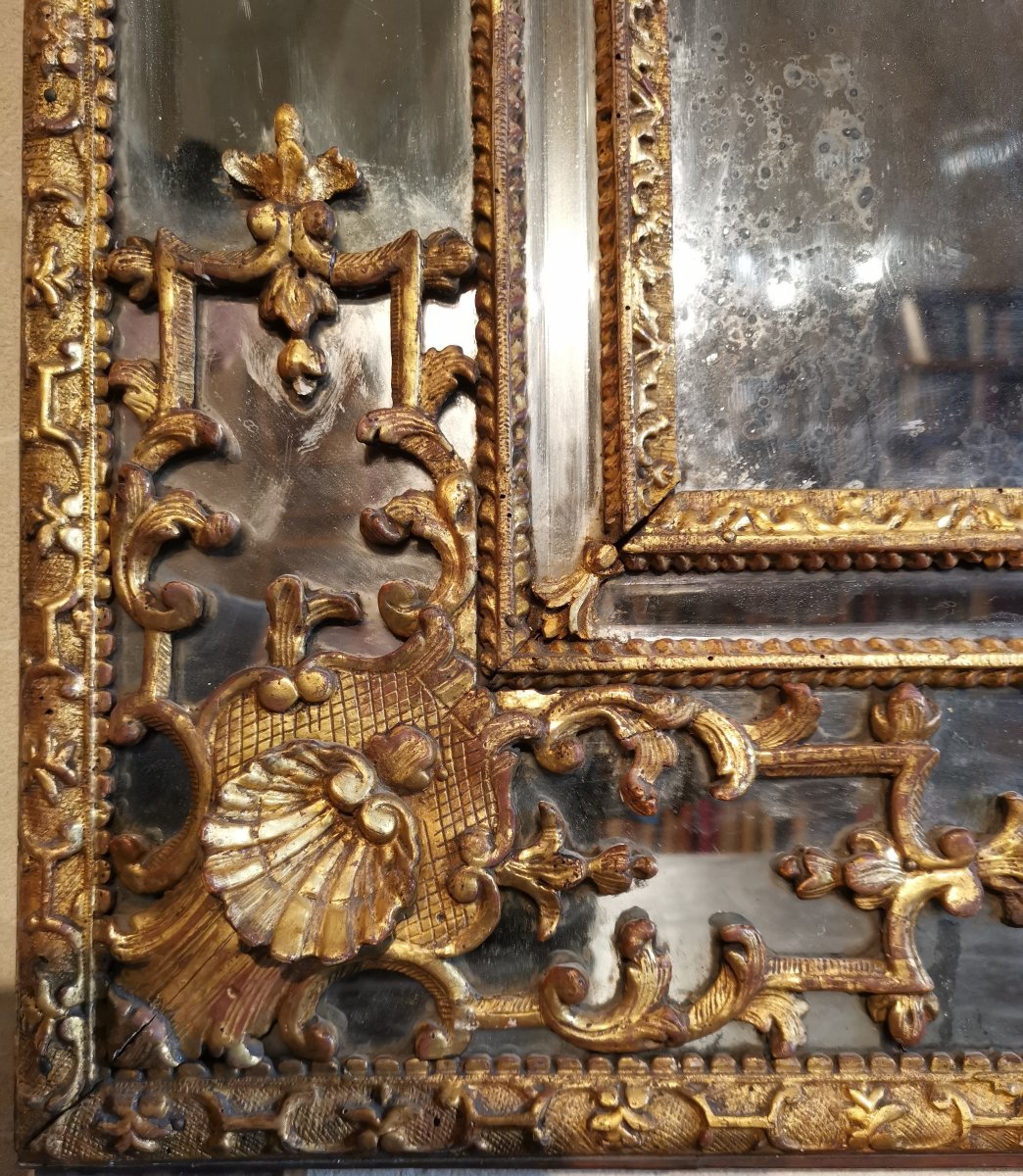
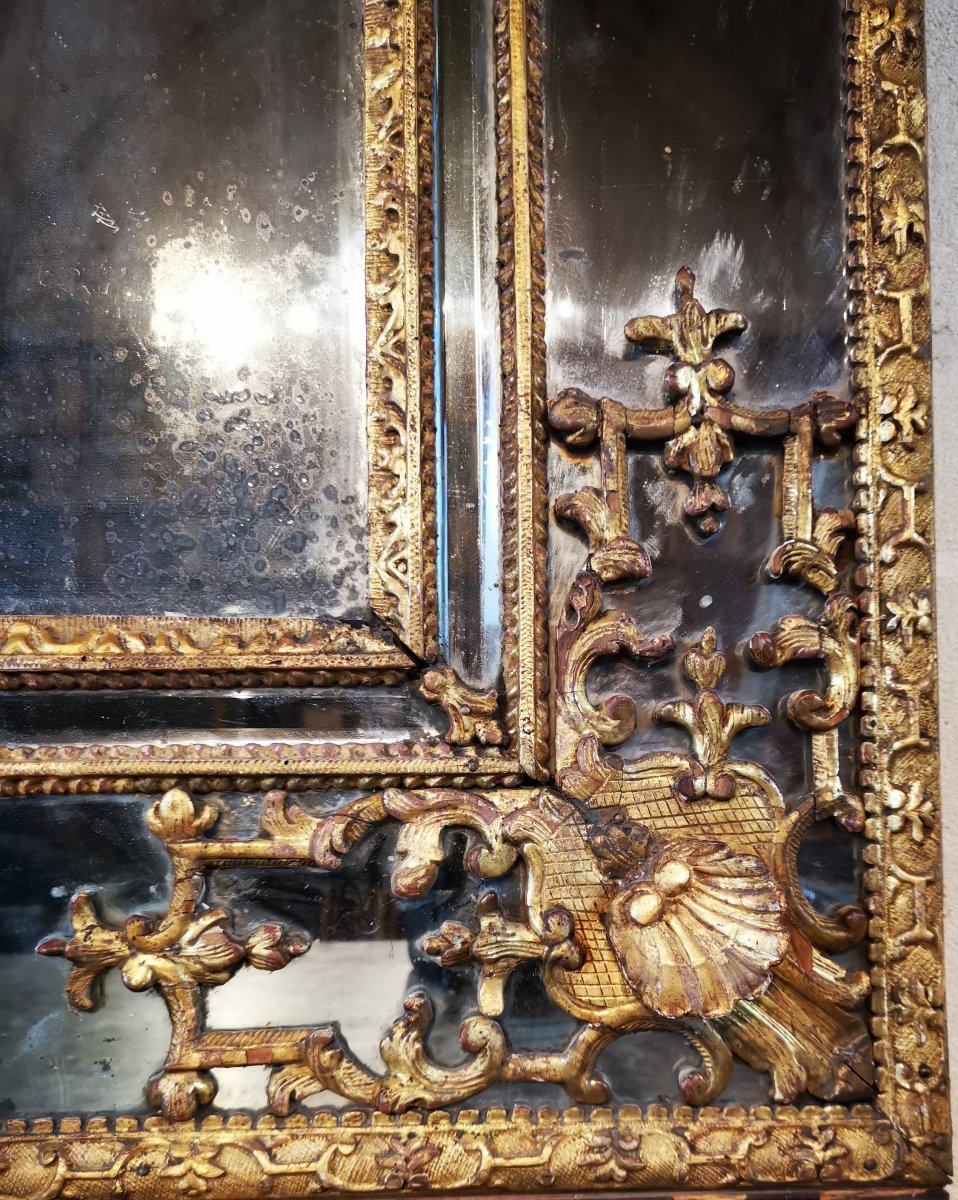
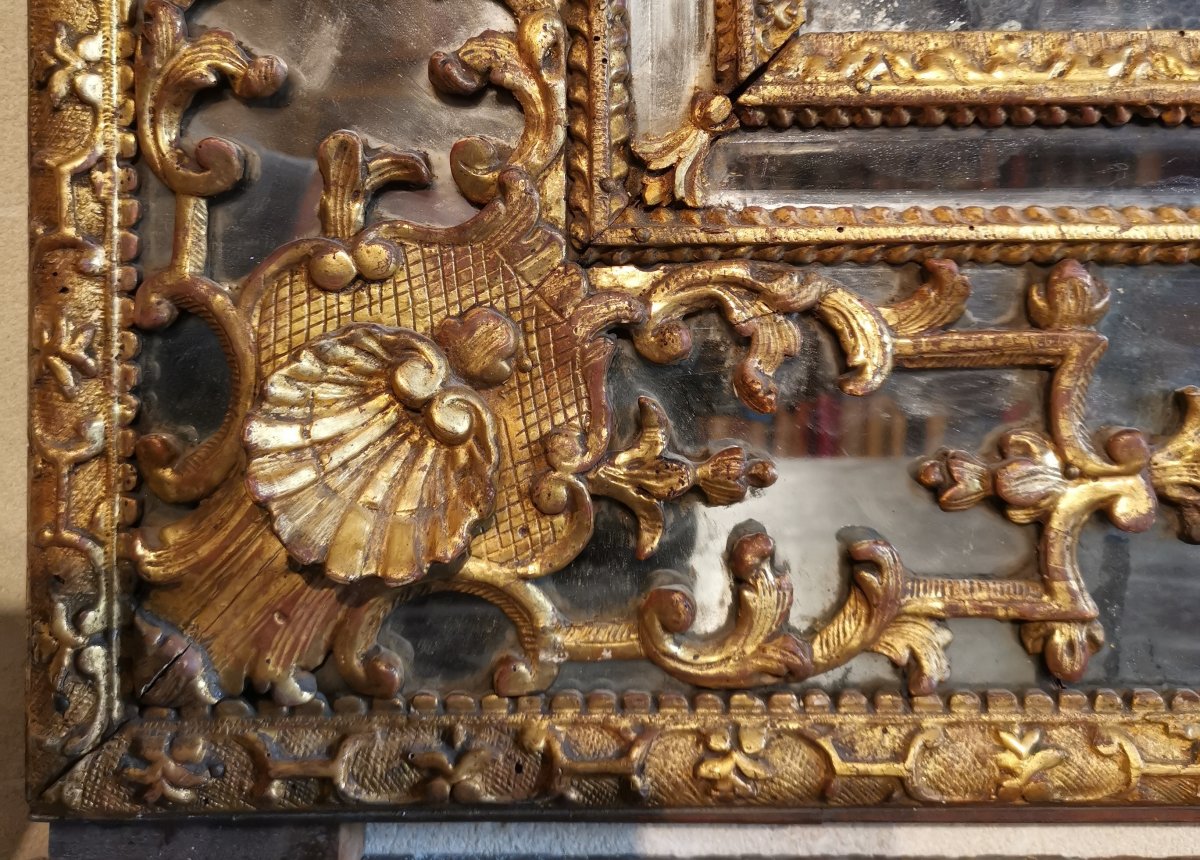
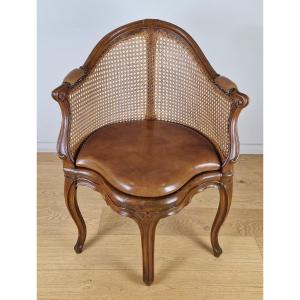

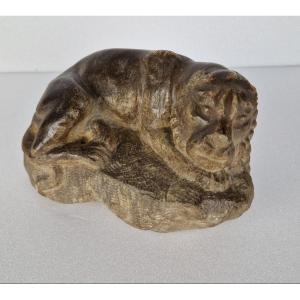
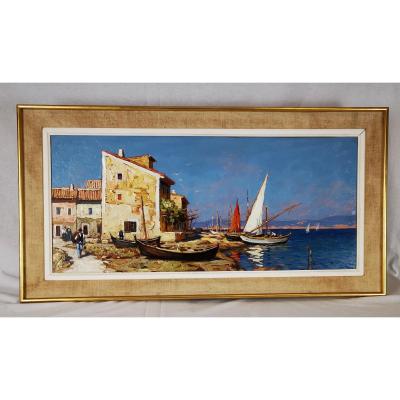
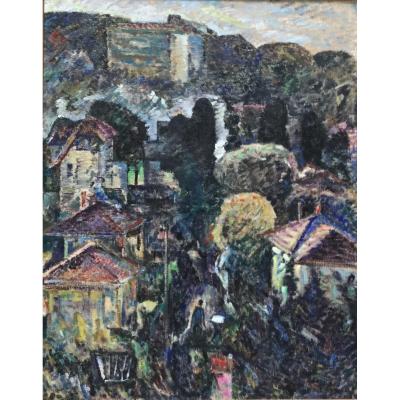




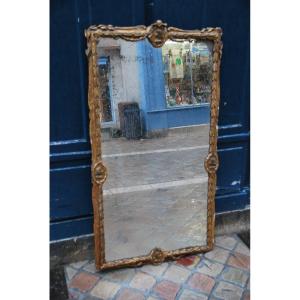
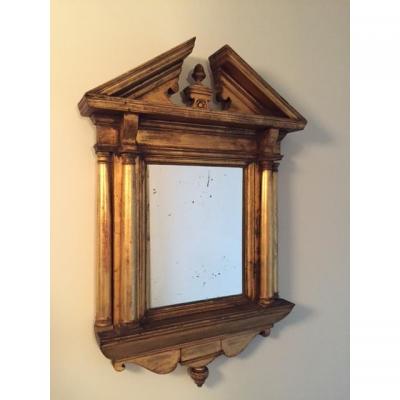
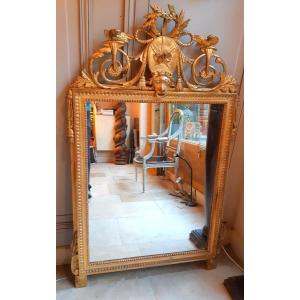
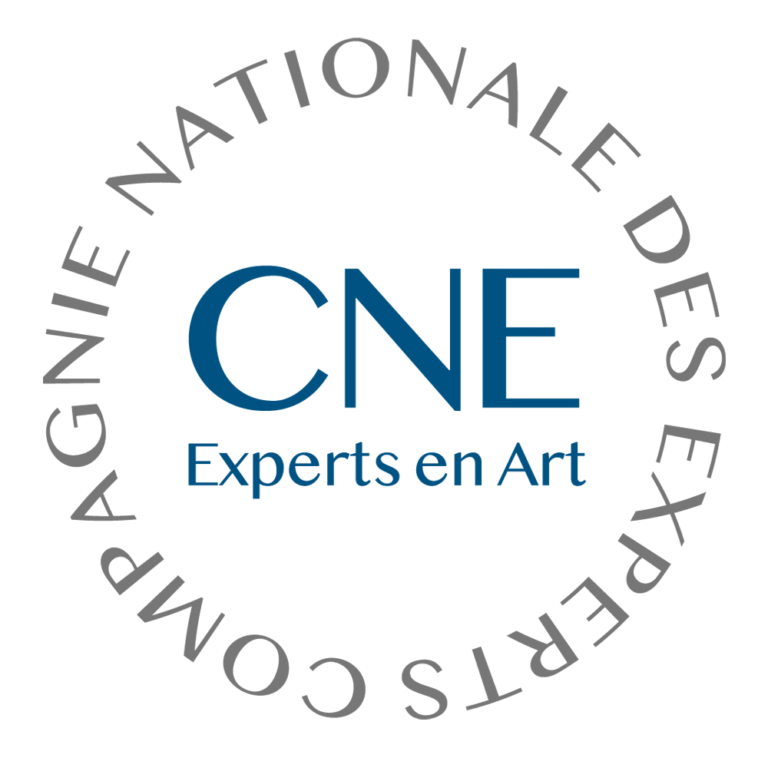



 Le Magazine de PROANTIC
Le Magazine de PROANTIC TRÉSORS Magazine
TRÉSORS Magazine Rivista Artiquariato
Rivista Artiquariato
